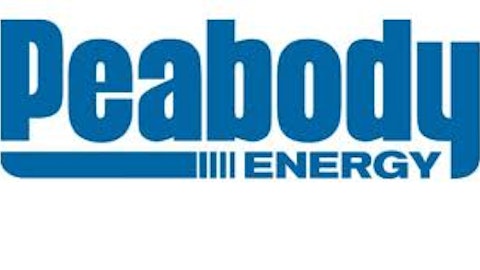
Stryker Corporation (NYSE:SYK)
Stryker Corporation (NYSE:SYK) is one of the premier companies in the medical equipment and appliance subsector of health care that stands to benefit from the powerful tailwinds of our aging population. The following brief excerpt from their website describes the company:
“Stryker is one of the world’s leading medical technology companies and is dedicated to helping healthcare professionals perform their jobs more efficiently while enhancing patient care. The Company offers a diverse array of innovative medical technologies, including reconstructive, medical and surgical, and neurotechnology and spine products to help people lead more active and more satisfying lives.”
Perhaps the most important take-away from the Earnings and Price Correlated FAST Graph on Stryker Corporation (NYSE:SYK) is how the Great Recession of 2008 has provided the opportunity to invest in this subsector at more attractive valuations that are more in alignment with intrinsic value.

Prior to the Great Recession Stryker Corporation (NYSE:SYK), as well as peer companies such as Medtronic (MDT), were priced at premium valuations by Mr. Market. However, as the following post-recession Earnings and Price Correlated FAST Graph clearly reveals, Stryker and other medical equipment companies have become more rationally valued. In my view, this has greatly enhanced their appeal. Not only does this provide for higher total return, it accomplishes this by simultaneously reducing valuation risk. A better return at lower risk is always a good thing in my book.

In addition to providing a steadily-growing income, Stryker Corporation (NYSE:SYK) has also rewarded shareholders through an aggressive share buyback program since 2008. Common shares outstanding (csho) have fallen from 395 million shares in 2008 to 380 million in 2012. A lower share count facilitates the company’s ability to continue growing earnings at above-average rates.

UnitedHealth Group Inc. (NYSE:UNH)
My final featured company in the Health Care sector is UnitedHealth Group Inc. (NYSE:UNH), the premier managed health care insurer in the country. I found this particular subsector fascinating to review. In some ways the managed Health Care subsector has evolved similar to big pharma, but for different reasons. For many years major players such as UnitedHealth, Wellpoint, Aetna and Humana were quintessential examples of consistent above-average growing businesses.
However, that all changed because of two primary reasons. First from the challenges of the Great Recession, and next from the uncertainties of a rapidly-changing health care insurance environment. The Health Care Reform Act has been, and may even still be, a two-edged sword for this subsector. Initially, there were fears that the Health Care Reform Act might destroy the profitability and certainly the growth of the major players in this subsector. However, as more information on Obamacare has come to light, it is beginning to become evident that the Health Care Reform Act could be a windfall to these companies.
The following Earnings and Price Correlated FAST Graph on UnitedHealth Group Inc. (NYSE:UNH) reveals how stock price and earnings were highly correlated prior to the Great Recession of 2008 when UnitedHealth Group was a quintessential growth stock. Then after the Great Recession and the initial uncertainties of the impact of Health Care Reform, we see how the market has reset the valuation of UnitedHealth Group. Additionally, we see by the light blue shaded dividend expression, that UnitedHealth Group has simultaneously been morphing into a dividend growth stock deviating from its pure growth roots.

Another factor that cannot be ignored or denied regarding managed health care is the continuing powerful demographic forces of our aging population. In spite of the uncertainties of health care reform, demographics continue to provide significant long-term opportunities for this segment. Regarding health care reform, it currently appears likely that it may actually benefit this subsector; therefore, much of the uncertainty is lifting. This is translating into better stock performance.





